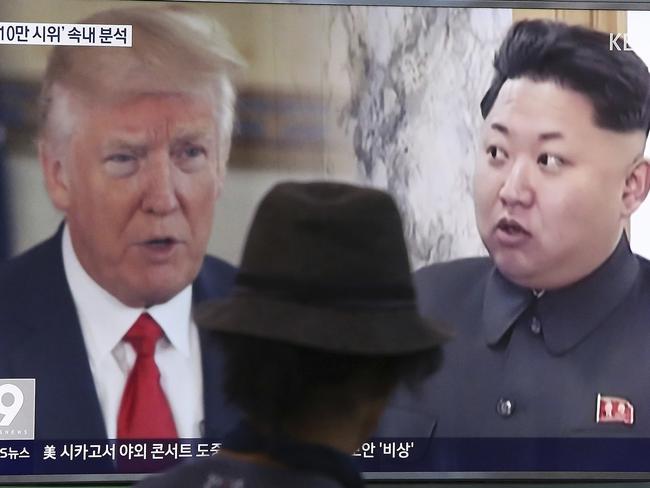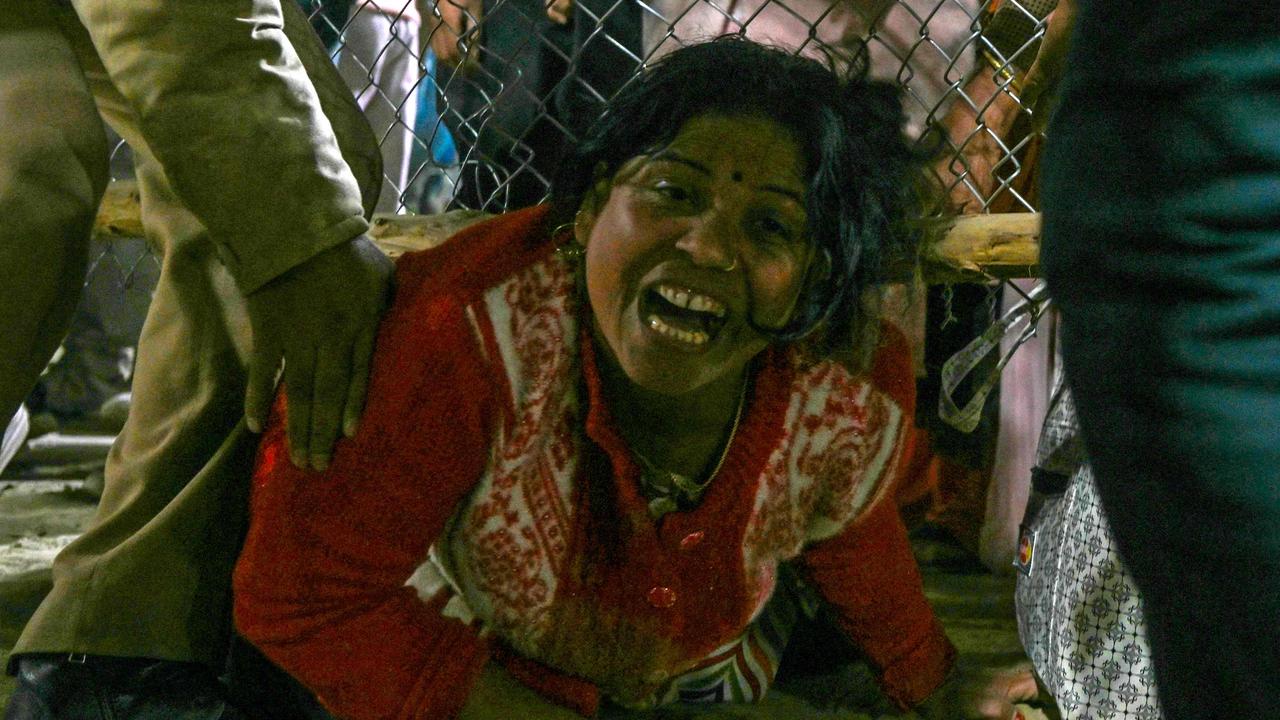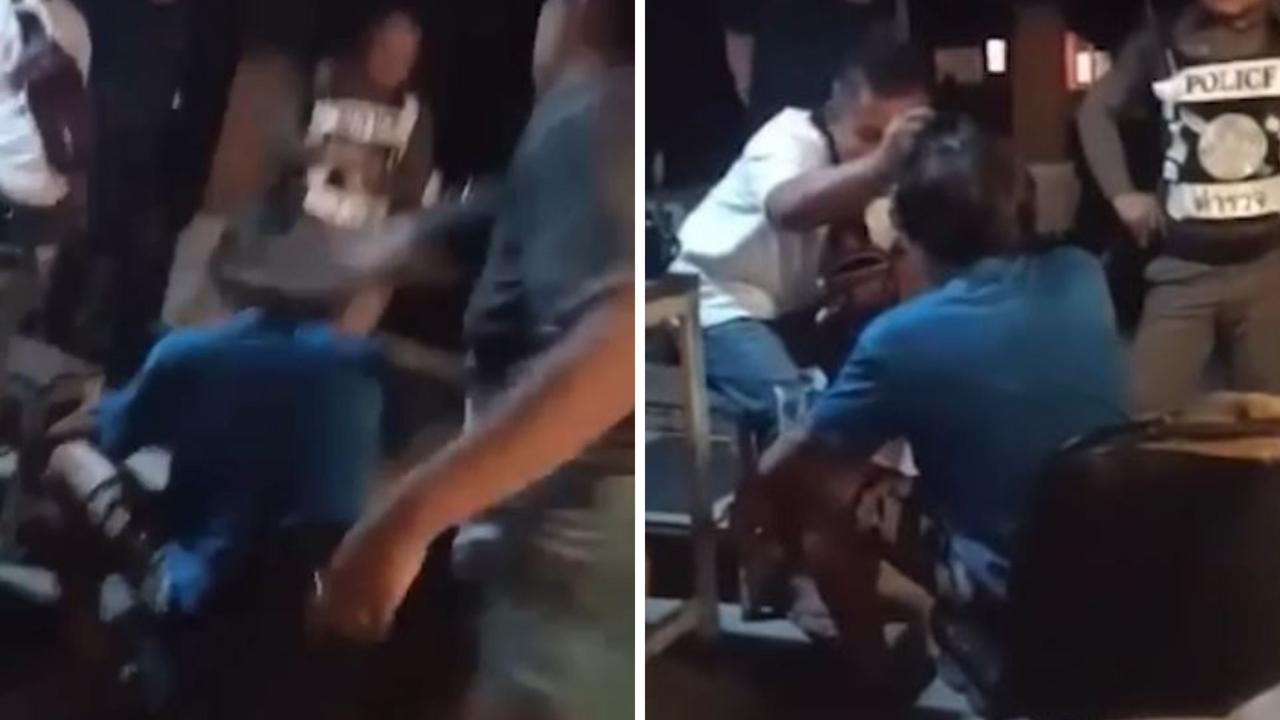South Korean military leader vows support for controversial axis of defence
IT’S ‘five minutes to midnight’ as tensions boil. Now South Korea’s newest military boss has vowed support for a controversial plan to take out top targets.
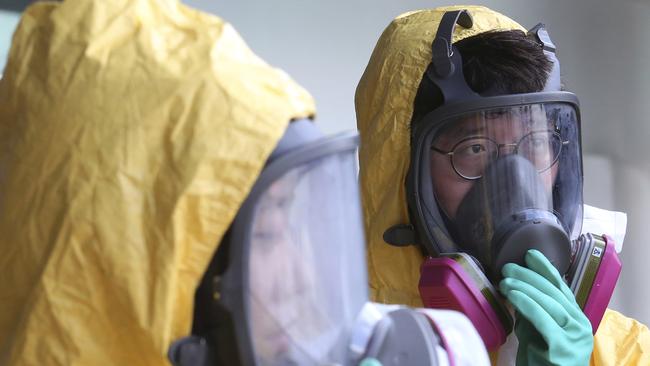
SOUTH Korea’s top military general has vowed aggressive retaliation against the North and support for the “Kill Chain” system of defence, as a massive military exercise gets underway.
Chairman of South Korea’s Joint Chiefs of Staff, General Jeong Kyeong-doo said the North Korean threat is “more serious than any other time” at his inauguration on Sunday.
The former fighter pilot and air force chief said North Korea would “bitterly regret” any provocation as the military will “retaliate resolutely and strongly.”
He also confirmed support for South Korea’s controversial “three axis defence platform” that involves three critical elements; The Kill Chain pre-emptive strike, the Korean Air and Missile Defense (KAMD), and the Korea Massive Punishment and Retaliation (KMPR) scheme.
MORE: North Korea warns Australia of ‘suicidal act’
The military strategy was first unveiled in late 2016 and plans to be operational within the next five years. It involves preparing South Korea to be able to carry out a pre-emptive strike on the North if it becomes convinced the rogue state is readying for war.
The “Kill Chain” would involve launching a series of air, naval and missile strikes by conventional weapons designed to annihaliate key North Korean targets including Kim Jong-un himself, top generals and means of communication with forces in the field.
Meanwhile the Korea Massive Punishment and Retaliation scheme would involve destroying the regime and nuclear weapons with a focus on “enemy leadership”.
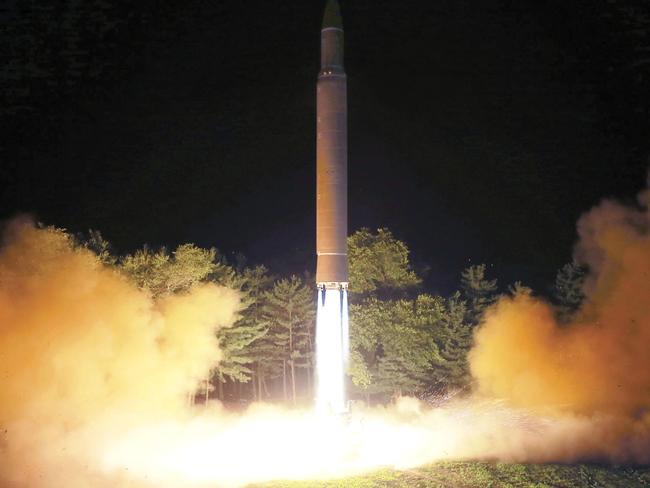
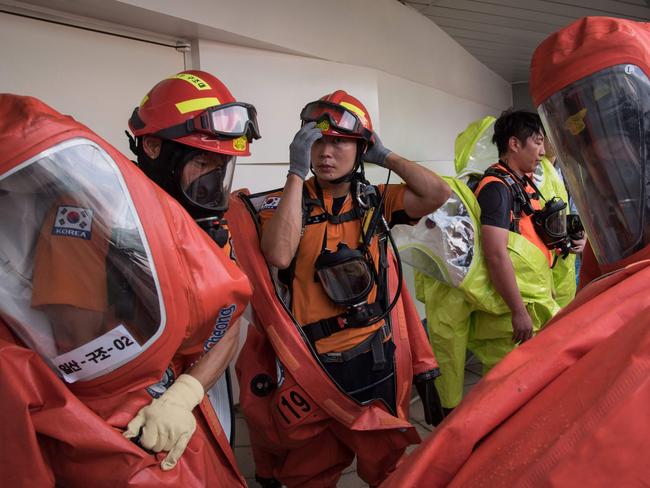
In September 2016, shortly after plans were unveiled, a South Korean military official said Pyongyang would be “reduced to ashes and removed from the map”.
“Every Pyongyang district, particularly where the North Korean leadership is possibly hidden, will be completely destroyed by ballistic missiles and high-explosive shells as soon as the North shows any signs of using a nuclear weapon”, a military source told South Korea’s Yonhap news agency.
South Korean leader Moon Jae-in was voted to leadership on a platform of great diplomatic engagement with the North, however that policy has been severely tested by rapid advances in North Korean missile capabilities and rhetoric in recent months.
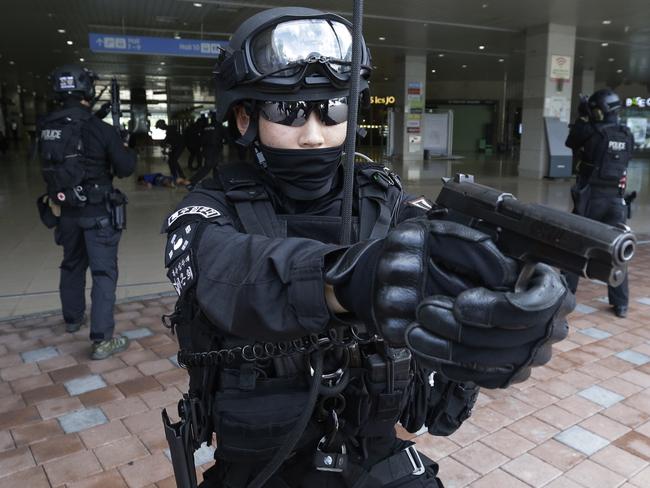
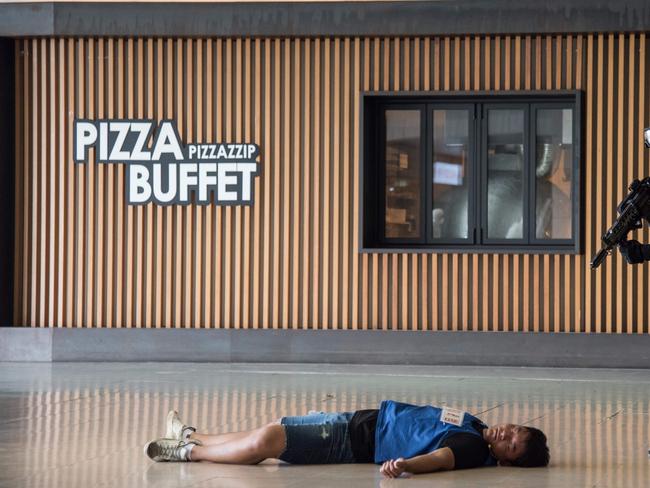
This week, the US and South Korean forces began operation Ulchi Freedom Guardian (UFG) which lasts 10 day and involves around 50,000 South Korean troops and 17,500 from the US.
Personnel from Australia, Canada, Colombia, Denmark, New Zealand, the Netherlands and the United Kingdom will also take part under United Nations command.
The “games” are based on computer simulation rather than live-fire exercises and are designed to enhance decision making capabilities. Australia will send around two dozen people — most of whom are likely to serve in “command and control” roles. Chief of Army Angus Campbell denied Australian forces would be at risk.
“I do not see that program of activity being, in some way, coming under threat,” Lieutenant General Campbell said. “But rather, a recognition that we need to work together and we need to be talking about security issues.
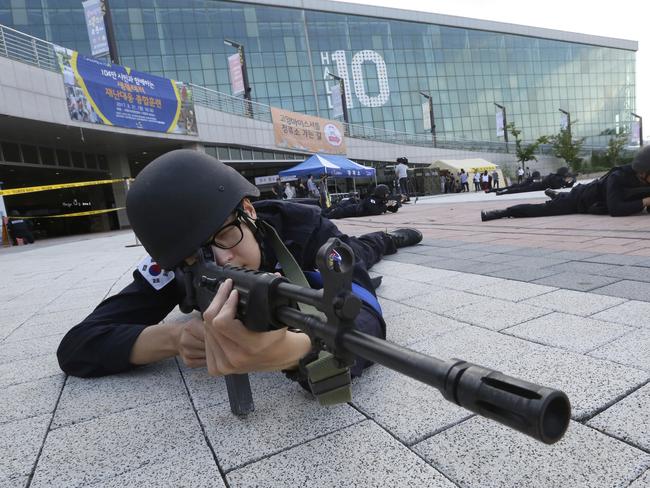
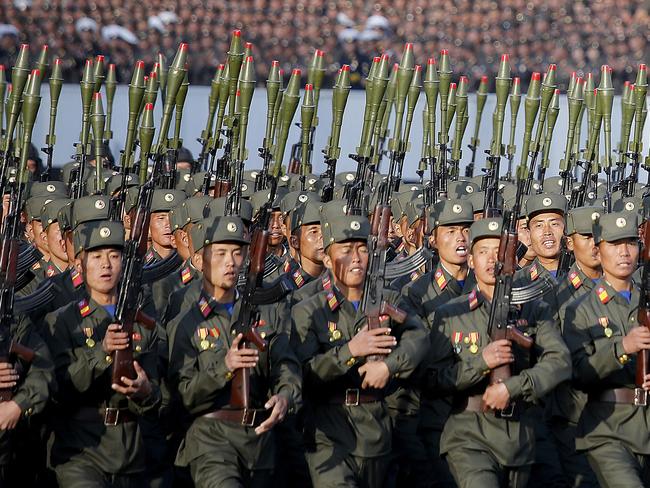
Despite the “fire and fury” rhetoric from US President Trump and ratcheting tensions from the communist state, Sky News Diplomatic Editor Tim Marshall said nuclear war is not imminent.
“Until you see the family members of the American embassy workers being evacuated out of South Korea it’s not going to happen,” he told Sky News on Monday. “Unless something just goes like that,” he said clicking his fingers.
“It’s five to midnight, not ten to midnight, but it’s not one minute to midnight,” he said about the level of threat.
The ten-day war games began on Monday with images showing South Korean forces practising hostage situations and other combat scenarios.
The US Department of Defense said the “computer-simulated defensive exercise” is designed to “enhance readiness” and maintain stability in the region.
North Korea views them as a dress rehearsal for invasion and accused the US and South Korean of a “reckless move” that could trigger the “uncontrollable phase of a nuclear war.”
